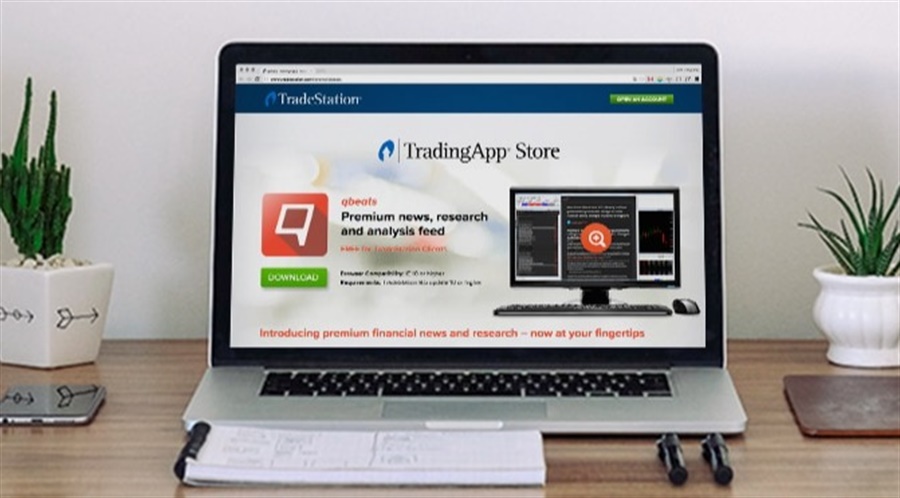American online broker TradeStation announced on Thursday that residents from Puerto Rico are now eligible to apply for crypto accounts on the platform. According to the press release, crypto trading is available on the island and much of the US.
TradeStation Securities, Inc. is also licensed and permitted to do business in Puerto Rico, giving TradeStation Securities customers access to trade stocks, ETFs, options, and futures.
“We are excited to be expanding into Puerto Rico as adoption of digital assets continues to grow. We believe that Puerto Rico has a strong reputation supporting crypto, and we’re looking forward to being part of the momentum surrounding their crypto community. We feel TradeStation offers clients the best of both worlds, a trusted brand that’s been serving traders for over 30-years combined with innovative products and technology to access the crypto market,” James Putra, Vice President, Product Strategy at TradeStation Crypto, commented on the announcement.
Cryptos Available
Additionally, Puerto Rico’s customers have the option of owning cryptocurrency in an Individual Retirement Account (IRA) at TradeStation.
Early this month, TradeStation reported a 15.6% yearly drop in daily average revenue trades (DARTs) that came in at 242,846.
However, the latest DARTs remained almost flat month-over-month with a marginal rise of 1.5%. Additionally, February’s absolute DARTs figure is the highest since last April.
American online broker TradeStation announced on Thursday that residents from Puerto Rico are now eligible to apply for crypto accounts on the platform. According to the press release, crypto trading is available on the island and much of the US.
TradeStation Securities, Inc. is also licensed and permitted to do business in Puerto Rico, giving TradeStation Securities customers access to trade stocks, ETFs, options, and futures.
“We are excited to be expanding into Puerto Rico as adoption of digital assets continues to grow. We believe that Puerto Rico has a strong reputation supporting crypto, and we’re looking forward to being part of the momentum surrounding their crypto community. We feel TradeStation offers clients the best of both worlds, a trusted brand that’s been serving traders for over 30-years combined with innovative products and technology to access the crypto market,” James Putra, Vice President, Product Strategy at TradeStation Crypto, commented on the announcement.
Cryptos Available
Additionally, Puerto Rico’s customers have the option of owning cryptocurrency in an Individual Retirement Account (IRA) at TradeStation.

